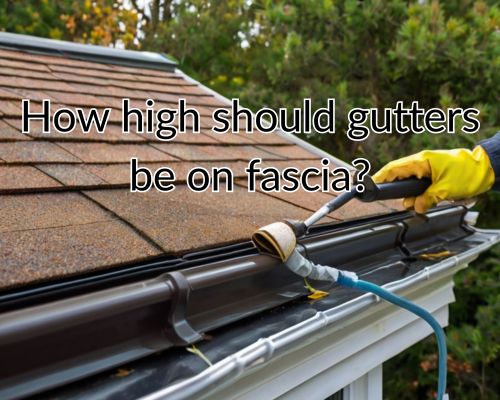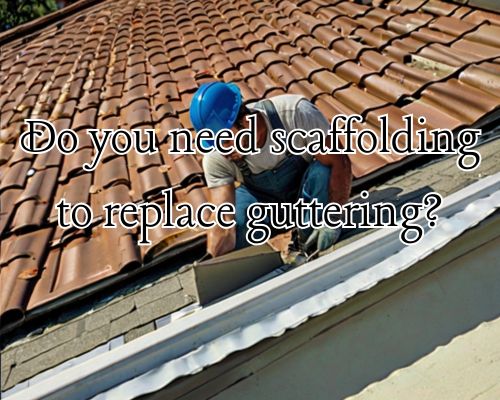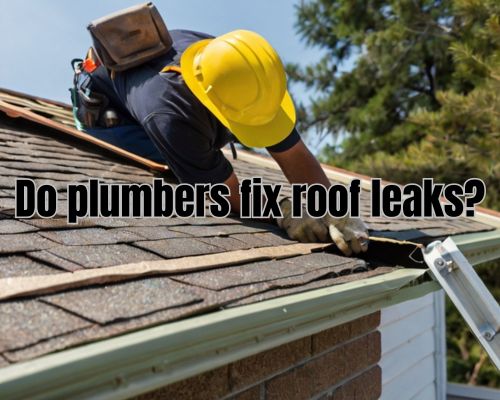When installing gutters on a home, one of the most common questions is: how high should gutters be on fascia? The correct positioning of gutters is crucial for effective water drainage, preventing damage to your home’s foundation, and ensuring compliance with local building codes. In Melbourne, Australia, where weather conditions can vary from torrential rain to prolonged dry spells, getting gutter installation right is essential.

The Importance of Proper Gutter Placement
Gutters play a critical role in directing rainwater away from your property. If placed too high, water can flow behind the gutter, leading to fascia board rot and structural issues. Conversely, if positioned too low, water may overshoot the gutter entirely, causing pooling around your home’s foundation.
For homes in Melbourne, where rainfall averages 648mm annually, correctly installed gutters help prevent water damage and erosion around properties. With Melbourne’s unpredictable weather, from sudden downpours to the dry heat of summer, proper gutter positioning can prolong the lifespan of your home’s roofing system.
Ideal Gutter Height on Fascia
The recommended height for gutters on fascia boards depends on several factors, including the roof pitch, gutter style, and fascia condition. However, some general guidelines apply:
- Positioning Below the Roof Edge – Gutters should be installed 25mm to 50mm below the roof’s drip edge to ensure effective water capture while preventing overflow.
- Ensuring Proper Slope – A minimum slope of 3mm per metre towards downpipes is recommended to facilitate proper drainage and avoid standing water.
- Aligning with the Fascia Board – Gutters should be securely fastened to fascia boards using brackets, ensuring they are flush and do not sag over time.
- Factoring in Local Rainfall – Melbourne homes should have gutters positioned to handle high-intensity rain events, ensuring they do not overflow during storms.
Types of Gutters Suitable for Melbourne Homes
The type of gutter you choose also impacts its placement. Some of the most common options include:
1. Quad Gutters
One of the most popular choices in Melbourne, quad gutters, are versatile and aesthetically pleasing. These should be positioned with a slight overhang from the fascia to maximize water collection.
2. Half-Round Gutters
Half-round gutters provide excellent water flow and are common in modern and heritage homes. These should be installed slightly lower on the fascia to accommodate their curved design and prevent overflow.
3. Box Gutters
Box gutters are built into the roof structure and often require expert installation. Their positioning differs from external gutters, but for Melbourne’s climate, they must be properly sealed and angled to handle heavy rainfalls effectively.
4. Fascia Gutters
A popular choice for homes without a separate fascia board, fascia gutters should be installed flush with the roofline while ensuring a consistent slope for optimal drainage.
Common Mistakes in Gutter Installation
Incorrect gutter positioning can lead to various issues. Some of the most common mistakes include:
- Installing Gutters Too High – This can cause water to flow behind the gutters, leading to fascia rot.
- Insufficient Slope – Without a proper incline, water pools inside the gutter, increasing the risk of corrosion and leaks.
- Incorrect Downpipe Placement – Melbourne homes should have downpipes installed every 5 to 10 metres to ensure proper drainage and prevent overflow.
- Poor Sealant Application – Especially for box gutters, improper sealing can lead to leaks and water infiltration.
Melbourne’s Local Gutter Regulations and Best Practices
The Victorian Building Authority (VBA) has specific guidelines for gutter installation. In Melbourne, it is recommended that:
- Gutters be installed at least 10mm below the roof cladding to ensure proper water runoff.
- Minimum gutter widths comply with the Australian Standard AS/NZS 3500.3, ensuring adequate flow capacity.
- Homes in bushfire-prone areas use non-combustible gutter materials such as aluminum or stainless steel.
Why Professional Installation Matters
While DIY gutter installation may seem cost-effective, hiring a professional like Gutter Cleaning Melbourne ensures compliance with Melbourne’s building regulations and enhances long-term durability. Experts use tools such as laser levels and water flow tests to optimize gutter positioning. Additionally, professional installers can identify potential issues such as fascia rot or roof misalignment before installation.
Finding a Reliable Gutter Installer in Melbourne
If you’re looking for a gutter installation expert in Melbourne, consider these factors:
- Experience with Local Climate Conditions – Ensure they understand Melbourne’s rainfall patterns and roof structures.
- Certifications and Licensing – Check that the installer is licensed by the Victorian Building Authority.
- Warranty and Aftercare Services – Opt for companies that offer at least a 10-year guarantee on materials and workmanship.
Conclusion
Getting the right gutter height on fascia is essential for protecting your home against water damage. In Melbourne’s dynamic climate, proper installation ensures longevity, prevents costly repairs, and enhances the efficiency of your drainage system. By following best practices and hiring qualified professionals, see Gutter Cleaning Melbourne, you can maintain a well-functioning gutter system that stands up to Melbourne’s unpredictable weather.
For expert gutter installation and advice tailored to Melbourne homes, contact a local specialist today and safeguard your home from water damage.

